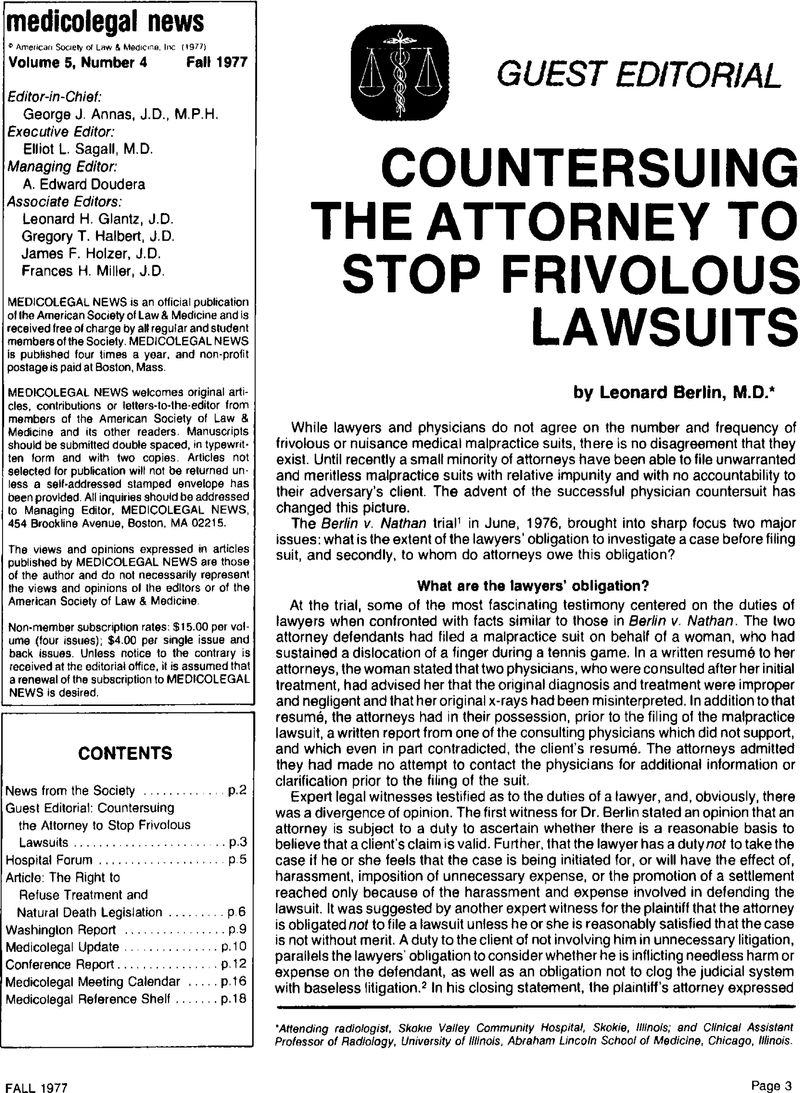Crossref Citations
This article has been cited by the following publications. This list is generated based on data provided by Crossref.
1992.
Psychiatric Malpractice: Cases and Comments for Clinicians.
p.
249.



